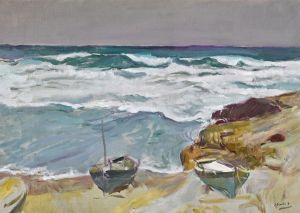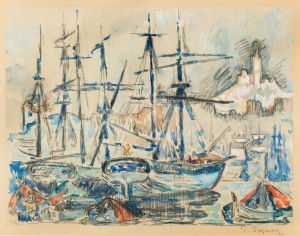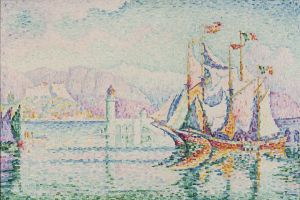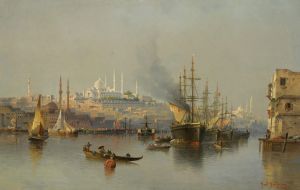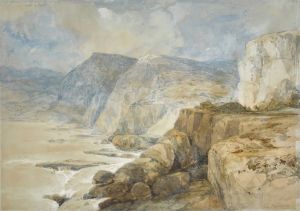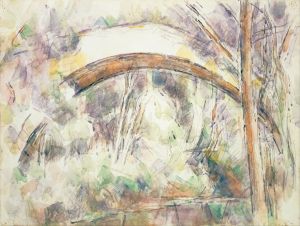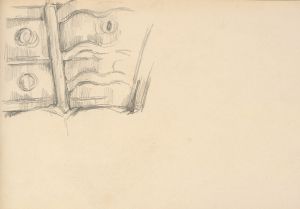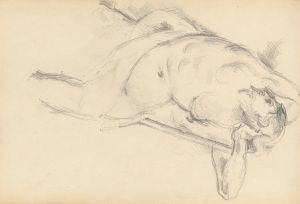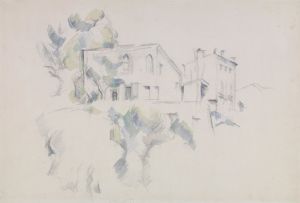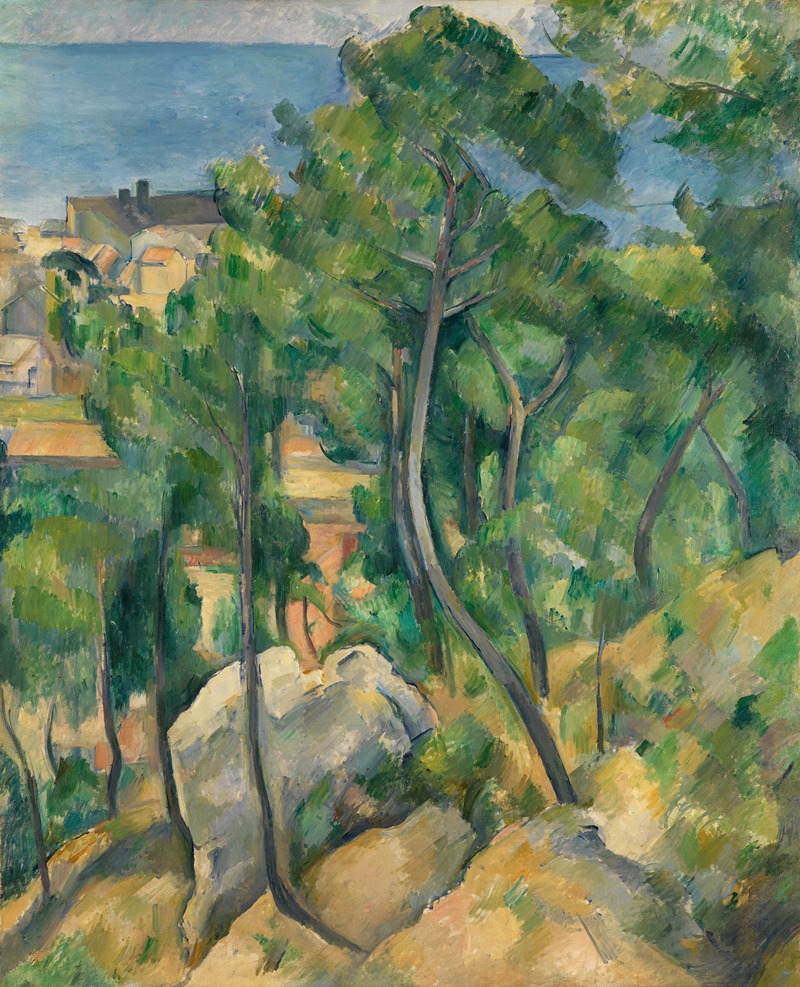
Blick auf das Meer bei L’Estaque
A hand-painted replica of Paul Cézanne’s masterpiece Blick auf das Meer bei L’Estaque, meticulously crafted by professional artists to capture the true essence of the original. Each piece is created with museum-quality canvas and rare mineral pigments, carefully painted by experienced artists with delicate brushstrokes and rich, layered colors to perfectly recreate the texture of the original artwork. Unlike machine-printed reproductions, this hand-painted version brings the painting to life, infused with the artist’s emotions and skill in every stroke. Whether for personal collection or home decoration, it instantly elevates the artistic atmosphere of any space.
Paul Cézanne's Blick auf das Meer bei L’Estaque (translated as View of the Sea at L’Estaque) is a landscape painting created by the French Post-Impressionist artist during one of his stays in the small coastal village of L’Estaque, located near Marseille in southern France. Cézanne frequently visited L’Estaque between the 1870s and 1880s, and the region became a significant source of inspiration for his work. The painting reflects Cézanne's evolving approach to capturing nature, emphasizing structure, form, and the interplay of light and color.
L’Estaque, with its Mediterranean scenery, offered Cézanne a setting where he could experiment with his distinctive style, which bridged Impressionism and the emerging modernist movements. In Blick auf das Meer bei L’Estaque, Cézanne depicts the sea, sky, and surrounding landscape with a focus on geometric simplification and tonal harmony. The composition is characterized by its balance between natural elements and Cézanne's deliberate brushwork, which conveys both the physicality of the scene and the artist's interpretation of it.
Cézanne's work during this period marked a departure from the fleeting impressions of light and atmosphere that defined Impressionism. Instead, he sought to create a more solid and enduring representation of the natural world. This approach is evident in Blick auf das Meer bei L’Estaque, where the forms of the landscape are rendered with a sense of permanence and structure. The painting demonstrates Cézanne's interest in reducing natural forms to their underlying geometric shapes, a technique that would later influence the development of Cubism.
The exact date of the painting is not definitively documented, but it is generally attributed to Cézanne's time in L’Estaque during the late 1870s or early 1880s. This period was pivotal in his career, as he moved away from the Impressionist style and began to develop his unique artistic vision. Cézanne's works from L’Estaque, including Blick auf das Meer bei L’Estaque, are considered foundational to the evolution of modern art.
Today, the painting is recognized as an important example of Cézanne's contribution to the transition from 19th-century Impressionism to 20th-century modernism. It reflects his innovative approach to composition, color, and form, which challenged traditional artistic conventions and paved the way for future generations of artists.





